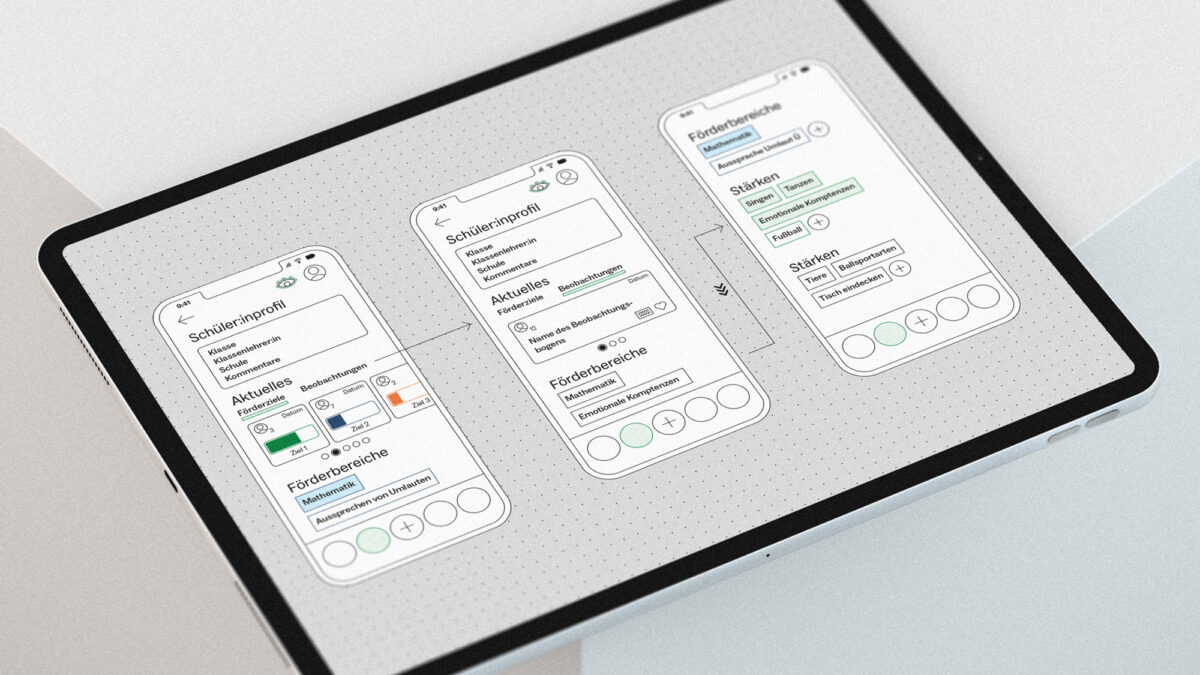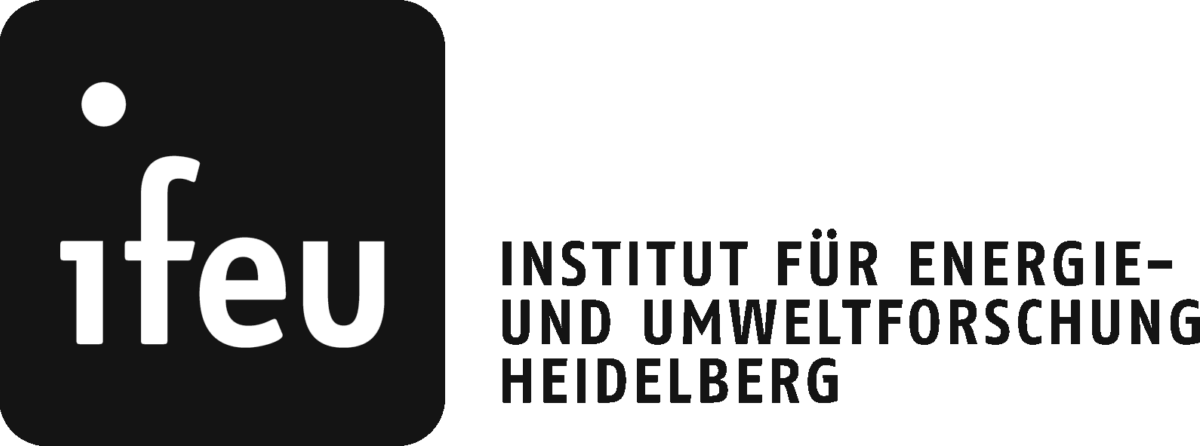Our work often begins before the first click. Our first question is who is involved and who is not (yet) involved. What standards apply and how they can be translated into everyday experience? Where systems overwhelm and how they can become more accessible?
We identify risks, tensions, and trade-offs early on using methods such as Impact Mapping, Futures Wheel, and Value Source Analysis. System Mapping and Adaptive Scenarios guide us in making complexity visible and preparing for possible futures. Interviews and the Critical Incident Technique help surface barriers, expectations, and edge cases. Speculative Design expands our view and challenges assumptions, helping shape responsible innovation.
These analyses lead to designs that offer orientation, make rules comprehensible, and reflect core values. We prototype solutions using concept prototyping and wireframes and further develop them through mockups, interactive prototypes and expert reviews.














